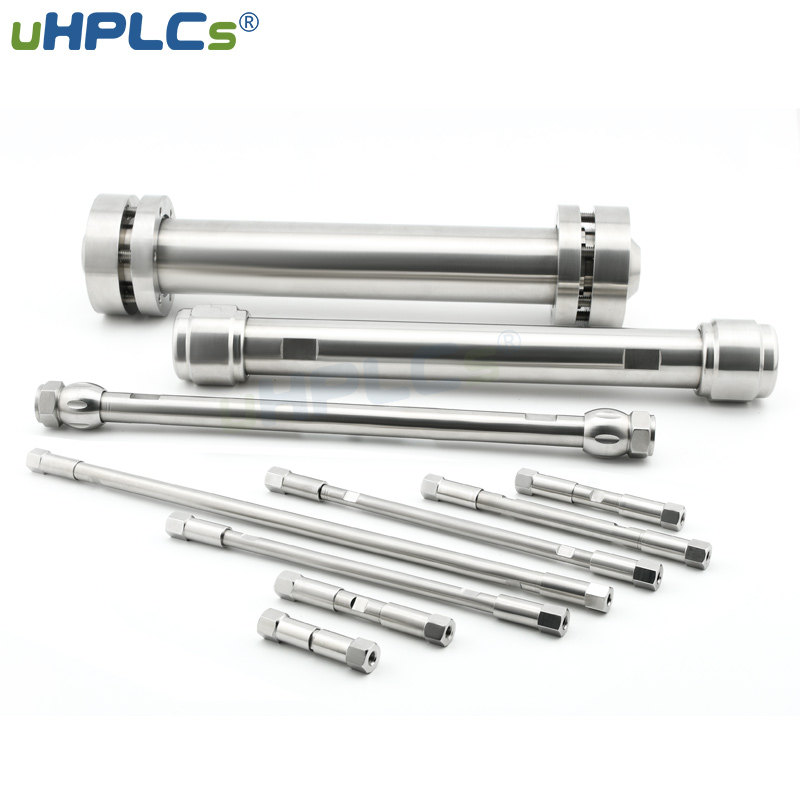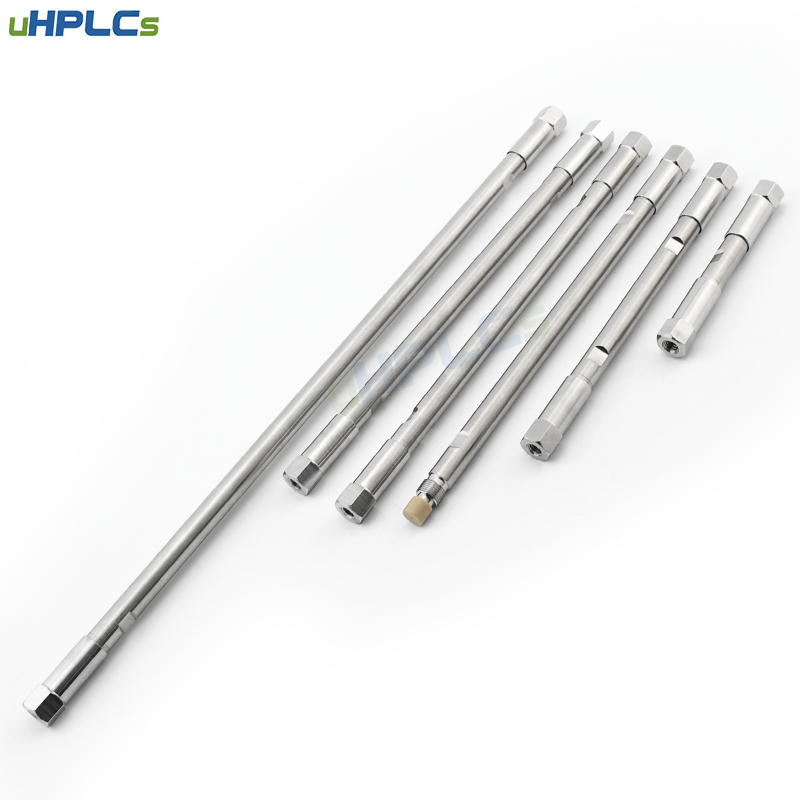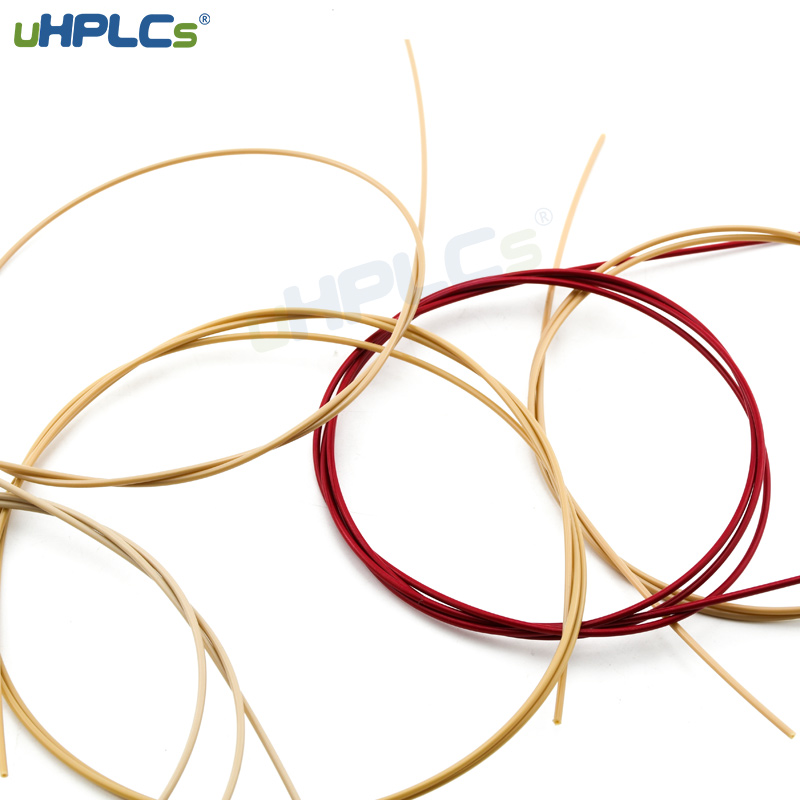Hydrophilic interaction chromatography (or hydrophilic interaction liquid chromatography, HILIC is a variant of normal phase liquid chromatography that partly overlaps with other chromatographic applications such as ion chromatography and reversed phase liquid chromatography. Hydrophilic interaction liquid chromatography (HILIC) columns provides strong retention of compounds that are unretained under conventional reversed phase conditions, without the requirement for ion-pair additives in the mobile phase. These columns are ideal for high sensitivity LC-MS applications. USHA C18-A columns are suitable to separate strongly polar and hydrophilic compounds, Carbon content 10%, can be used in a wide pH range (2-8), a variety of specifications for pore size, particle size and column length are available.

The stationary phase of HILIC columns is hydrophilic and is usually charged within a certain pH range. The more hydrophilic the compound, the longer it will be retained. Unlike most other liquid chromatography technologies, part of the mobile phase of HILIC functions as a part of the stationary phase. Some problems will be discovered after the chromatographic column has been used for a period of time, such as the column efficiency being removed from the shelf and the separation efficiency deteriorated. When you find that the separation efficiency of the HILIC column has deteriorated, the retention time has changed, and the calibration curve has deviated, it is likely that the column retains some undesirable substances, which changes the column capacity.

If the column pressure increases, it is often because some components in the sample matrix form precipitates that block the porous filter at the entrance of the chromatographic column. We suggest use strong buffers or salt solutions to back flush the column at low flow rates to partially restore column performance. If it is a decrease in column efficiency, you can consider whether the dead volume is too large and the column efficiency is reduced. In order to reduce the dead volume, all connecting lines in the chromatographic system should be as short as possible. However, in order to minimize peak broadening and not reduce column efficiency, the effect of reducing the dead volume by reducing the inner diameter of all the pipelines connecting various components in the system is very limited, so that the column backpressure will increase, and it will Cause accidental pipeline blockage, etc. UHPLCS PEEK tube has the strength required to withstand continuous use at HPLC pressure without swelling or bursting, and is not affected by halide salts, high strength buffers, or other aggressive mobile phases that corrode stainless steel.

We show some features of HILIC briefly. More information please check our website: https://www.hplcs.com/.
Post time: Jul-16-2021






